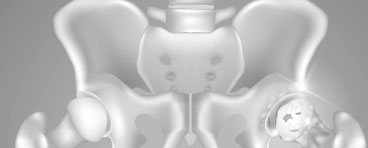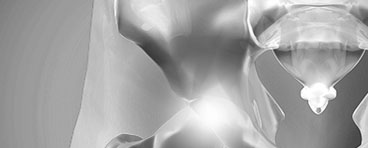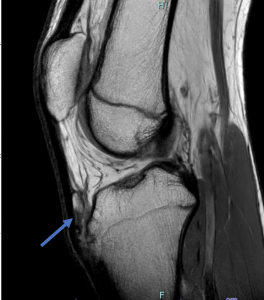Click on the links below to find out more
Osgood Schlatters Disease (Tibial Tuberosity Apophysitis)
DESCRIPTION
Osgood Schlatters disease is an inflammatory condition which affects the insertion of the patella tendon into the tibia (shin bone).
It is a common condition in the athletic paediatric population (up to 20% of athletic children). It affects boys more commonly than girls, and typically those involved with jumping sports (such as AFL and basketball). It can occur in both knees in approximately 25% of cases, but typically only one side is symptomatic at a time.
Symptoms are commonly worse during periods of rapid growth, and are activity related. The pain is rarely intense enough to limit day to day activities. Occasionally there may be limping after sports and exercise. Typically the pain is better with anti-inflammatory medications (eg Neurofen/Ibuprofen) and rest.
On examination there may be a tender lump at the front of the knee, and the knee may have reduced flexibility.
Normally it is diagnosed on clinical examination and X Rays. MRI scans can be useful for evaluating other causes of knee pain which may mimic Osgood Schlatters.
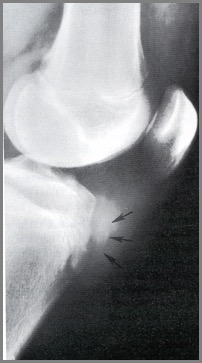
Black arrows indicate the inflammation of the growth plate
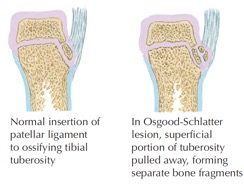
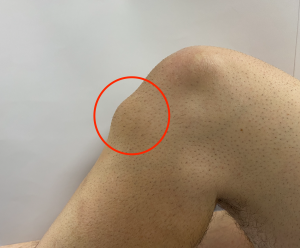
Osgood Schlatters disease affects the insertion of the patella tendon into the tibial tuberosity and commonly causes a firm lump at the front of the knee (circled).
An MRI scan demonstrating bone beneath the patella tendon, consistent with chronic Osgood Schlatters disease.

Dr David Slattery
FRACS MBBS (Hons) LLB FAOrthA
Dr David Slattery is an orthopaedic surgeon based in Melbourne with over 10 years of experience, with a special focus on hip and knee joint preservation and replacement. With qualifications in both medicine and law, he brings a unique and comprehensive approach to patient care. His surgical techniques are minimally invasive and evidence-based, designed to reduce pain and enhance recovery.
Trained in leading institutions across Europe and the USA, Dr Slattery offers advanced treatments for a wide range of joint conditions. He is deeply committed to patient outcomes and takes pride in tailoring treatment plans to each individual. Whether you’re an athlete or seeking relief from chronic joint pain, his goal is to restore function and improve your quality of life.



